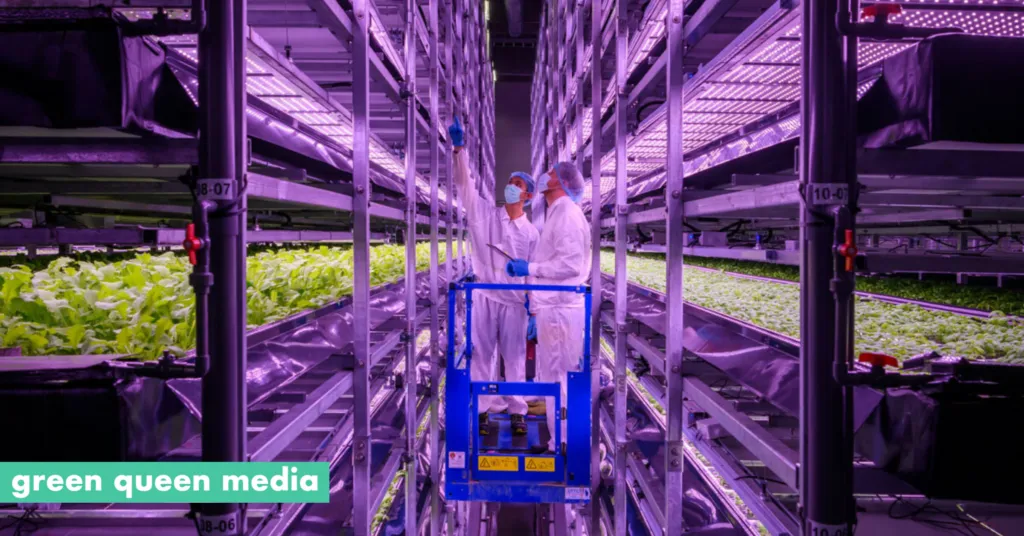In the heart of Denmark, a team of researchers led by Christos Theodorou at the University of Copenhagen’s DynaMo Center has cracked open a new avenue in plant science that could reverberate through the energy sector. Their work, published in the journal *Frontiers in Plant Science* (which translates to *Frontiers in Plant Science* in English), isn’t just about plants—it’s about the tiny, often overlooked transporters that help plants thrive. These transporters, which make up about 10% of a plant’s genome, are crucial for moving molecules in and out of cells, but most of them remain a mystery.
Theodorou and his team have developed a novel approach to identify the substrates of these transporters using plant extracts. “We wanted to create a high-throughput system to test thousands of potential substrates against transporters expressed in Xenopus laevis oocytes,” Theodorou explains. The oocytes, or egg cells, of the African clawed frog are a well-established model for studying transport proteins. By expressing plant transporters in these oocytes and exposing them to complex mixtures of plant metabolites, the researchers can identify which transporters bind to which substrates.
But here’s the twist: the researchers didn’t just use ordinary plant extracts. They subjected Arabidopsis thaliana seedlings to various biotic and abiotic stresses—like bacterial and fungal infections, as well as nutrient starvation—to expand the chemical space of the extracts. “By treating the plants with different stresses, we can capture a wider range of metabolites that the plants produce in response,” says Theodorou. This approach not only increases the diversity of potential substrates but also provides insights into how plants respond to environmental challenges.
The team evaluated four extraction protocols and found that a liquid-liquid extraction method, which removes lipophilic compounds, was the most effective. This method reduced membrane permeation and improved metabolite repeatability, making it ideal for high-throughput screening. The final extract contained over 200 identified metabolites, offering a rich substrate mixture for transporter assays.
So, why does this matter for the energy sector? Plants are a vital source of bioenergy, and understanding their transport systems could lead to more efficient crop cultivation and biomass production. By identifying the substrates of plant transporters, researchers can uncover new ways to enhance nutrient uptake, improve stress tolerance, and optimize metabolic pathways for biofuel production. This research could pave the way for developing crops that are not only more resilient but also more efficient at converting sunlight into energy-rich compounds.
Theodorou’s work is a testament to the power of interdisciplinary research, combining plant science, metabolomics, and transportomics to unlock the secrets of plant physiology. As the energy sector continues to seek sustainable solutions, this research offers a promising avenue for innovation. “Our study highlights the importance of developing metabolically diverse yet low-toxicity plant extracts as a critical step toward advancing plant transporter substrate screening,” Theodorou concludes. With this robust platform, the future of plant transporter research looks brighter—and perhaps more energy-efficient—than ever before.

